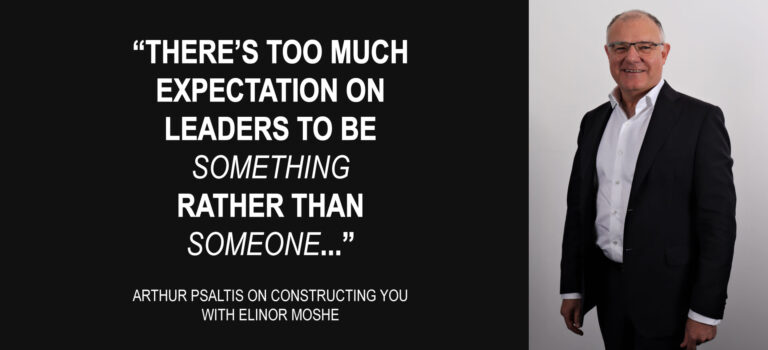A close friend of mine is a primary school principal. I had the privilege of working with him for a number of years as chair on the school board. Recently, he mentioned something that resonated with me. He said “Arthur, they say the most important person in the classroom is the teacher, however they become the most important by ensuring everyone else in the room is more important.”
This statement captures so much of what many define as good leadership. It recognises that a role is more important than a title. Its message is focused on the performance of others, rather than the individual. It highlights the value of humility, of sharing and empowering. It identifies the importance of transferring knowledge and experience onto others.
When leaders consider their own performance, it is important to keep measures in perspective. Is the performance of a leader more important or less important than the group? Sometimes leaders become too focused on their own performance. It is relatively clear the performance of the group must be the true measure, not the individual.
Leadership phrases such as “make yourself redundant” or “make sure you’re the weakest link or the least capable” all carry similar messaging; however, the classroom phrase is more profound. It implies that for those in leadership roles, ultimate performance is achieved through the performance of others, and we should measure leaders who have wisdom, knowledge and experience by how willing they are to develop others around them, without need for recognition.
So, why do the best classroom teachers act this way? They only have students for one year generally, and then pass them onto the next teacher. The answer lies in what motivates people. Do they gain satisfaction and self-reward through their own performance or through the performance of others? Good teachers, as with good leaders, are motivated to see others develop, improve, and perform to their highest ability.
If leaders need direction on how to improve culture, and how to develop high performing teams, they should look no further than this classroom reference. It is no coincidence that my close friend has been a highly successful and respected principal for most of his career.









